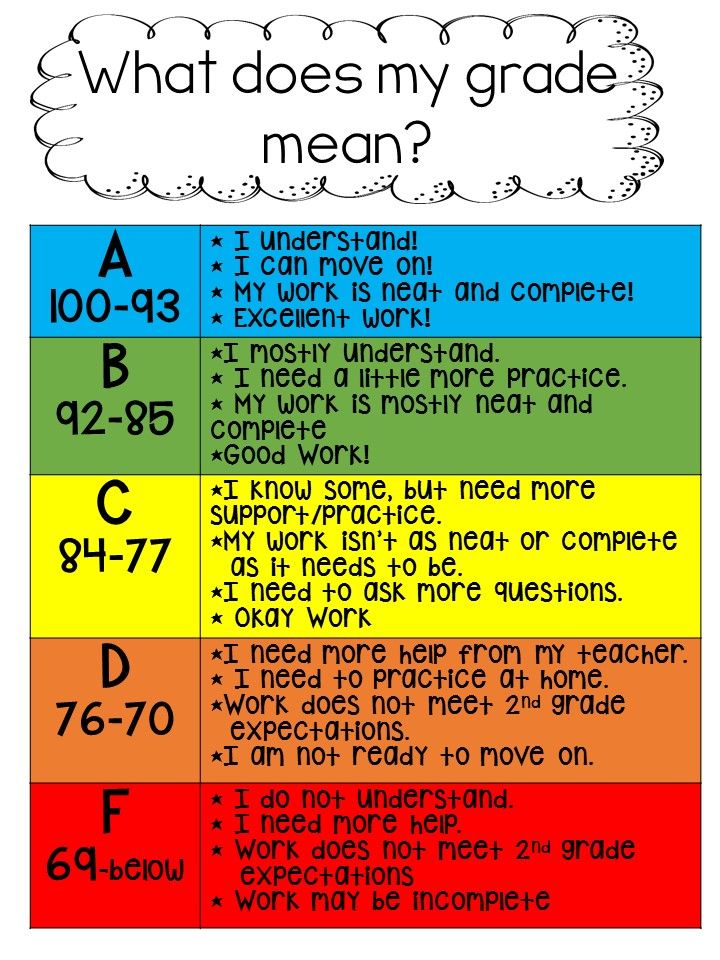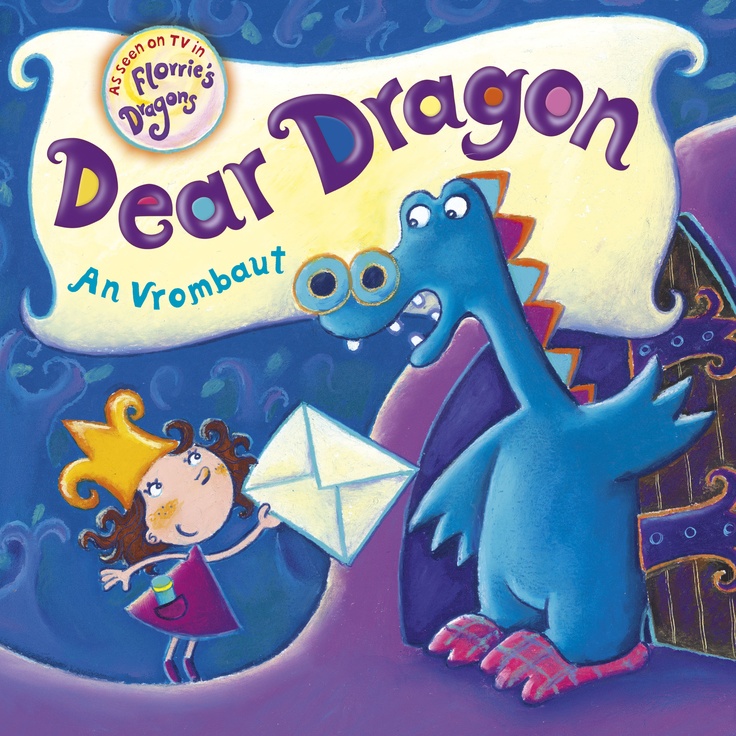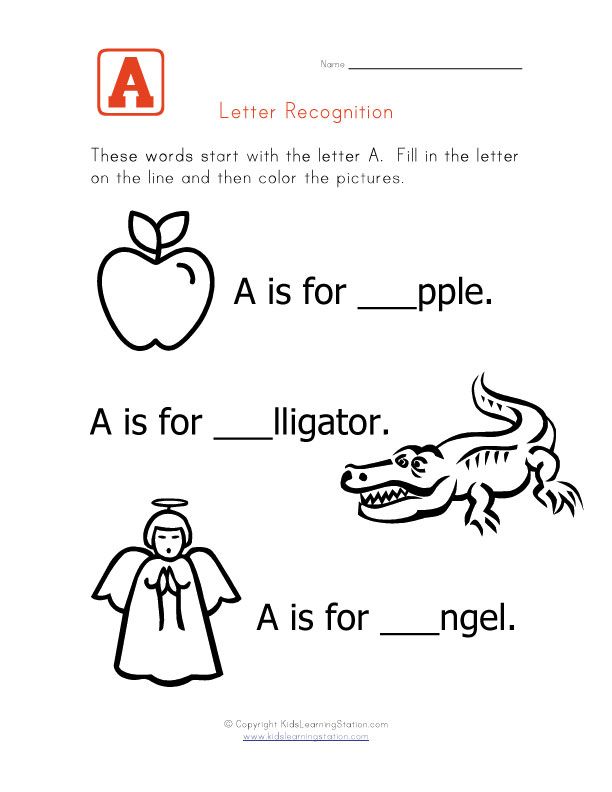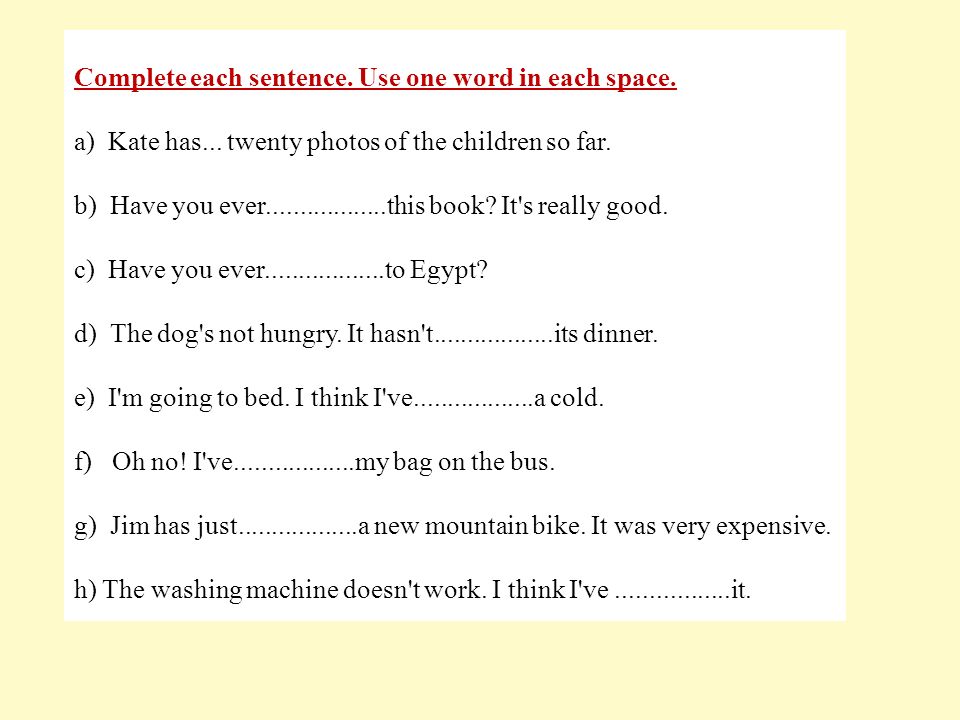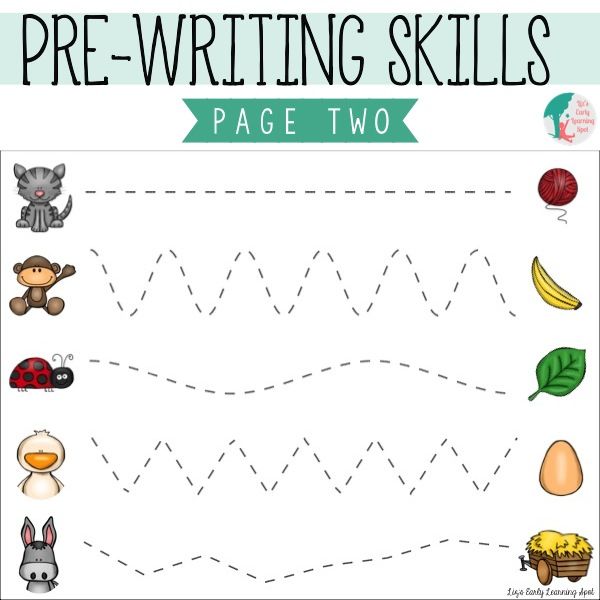What do ar reading levels mean
Accelerated Reader Levels Color Chart
9339 shares
Here’s a list of Accelerated Reader levels by color. Find AR books according to your child’s reading level and purchase them for less here too!
Here’s an explanation of Accelerated Reader levels by color. It’s a great way they rank books according to a child’s reading level and comprehension, but better when YOU understand what they mean. (originally published 10/15, affiliate links present)
Our school, as well as many others around, use a reading program called Accelerated Reader (AR we call it). I have three children and once they hit the second grade they were tested.
Then they were assigned a color according to their reading level, and chose books in that color (colors typically shown with a sticker on the spine as you see here).
What is book level in Accelerated Reader?
Reading Levels Explained
Once they are done with their book they can take tests on the computer that test their comprehension of the book and if they pass they earn points, they love that!
- Well as a parent when your first child comes home and says “I’m a yellow reader,” you aren’t quite sure what that means.
Yes there are AR reading levels and each is associated with a book color.
After some time you learn a bit about AR, but being as though it is a school program it is hard to know what books you should be buying for your child to read at home (that was my question anyway).
There is more extensive information about the AR program here if you want to go into depth. I was curious to find books in my children’s levels so…….I went searching.
- Here is a free printable ar reading levels sheet you can keep handy too.
Accelerated Reading Levels Chart
If you are curious, and haven’t seen an ar reading level color chart is shown above. The number correlates to the level reader they are. F
or example, my daughter is in the first grade yet she is a “yellow reader”, meaning she is reading at a 2.6-3.0 grade level (second grade in the 6th month of school to 3rd grade reading level).
Most children don’t participate in Accelerated Reading until the second grade so if yours are in Kinder or first you may not have encountered this yet but you will and you can keep this as a resource for yourself next year.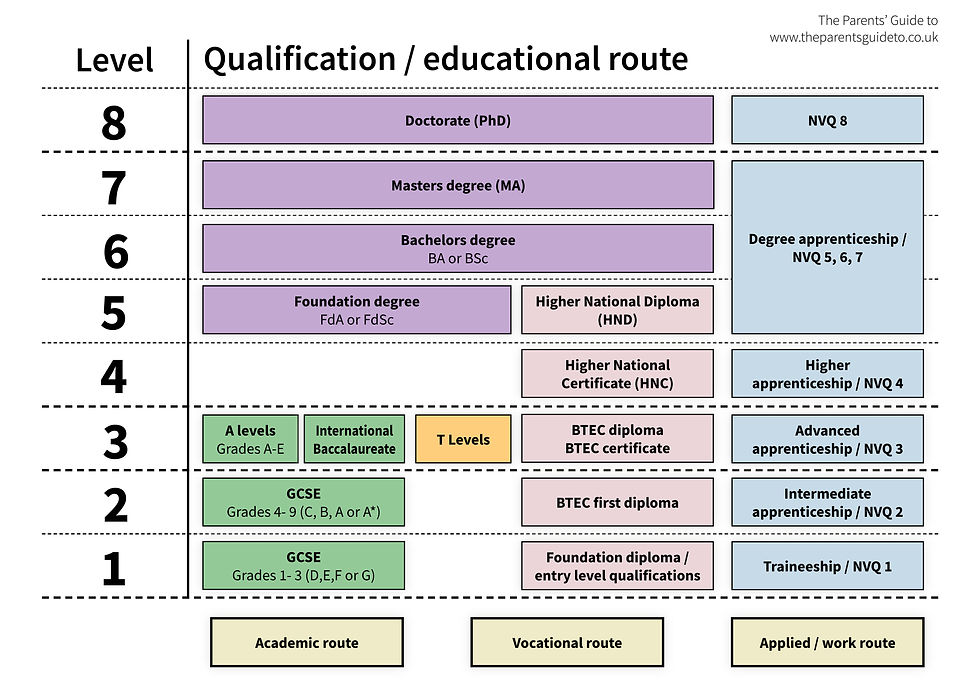
What do the AR reading levels mean?
Every book that has an AR reading quiz is given a point value. Points are based on the difficulty of the book, and length (number of words). AR points are ways of measuring how much reading practice children are getting.
How do I find the AR level of a book?
There are a few websites and APPs you can use.
- Lexile can help match readers with texts
- Accelerated Reading APPs
- Levelit and Literacy Leveler
- Level It Books can organize, level, and track books too
AR Reading
Teachers usually have libraries in their classrooms with rows upon rows of books with different colors so there are great choices for each leveled reader.
Each series is typically the same level. Such as, most Junie B. Jones books are in the yellow level (yes, I hear about this curious girl every day!), but some are not such as some of the Magic Treehouse books you see here.
Some are in the yellow category and some are in the pink level (slightly different).
- Here are some popular chapter book series in each level. Great for Christmas presents and stocking stuffers.
It’s always fun to get a new book and finding one in their reading level is best so they aren’t frustrated or choosing something that is below their ability.
Click on the box / book in the intended level to search books in that color and purchase.
I hope this helps in your quest to find and understand AR reading levels or Accelerated Reader levels by color.
Then you can purchase appropriate books for your child. Starting at the correct level is important for them to feel successful. Slowly, have them work toward the higher levels as time and they progress.
- To make reading really fun create a reading nook at home. They’ll love it.
Accelerated Reader Levels by Color
- Light Blue Level .1-1.5
Find Books here
Light Blue Books Click on picture to search and purchase- Light Green 1.
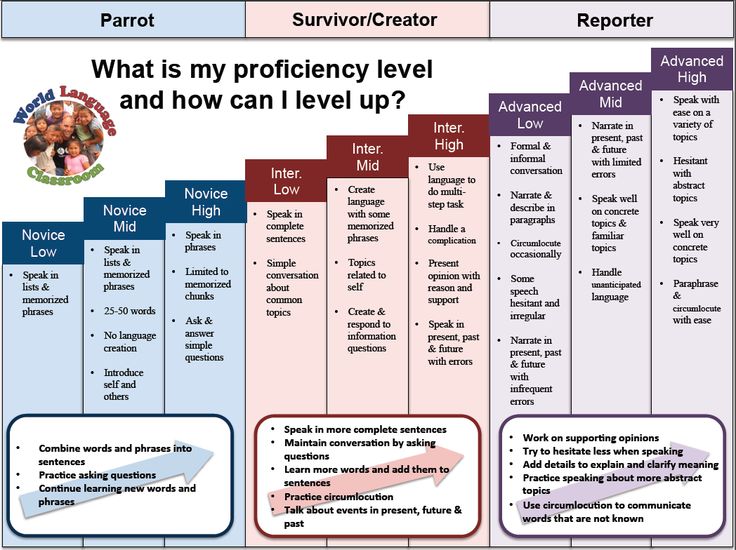 6-2.0
6-2.0
AR books here
Light Green Click here to purchase- Bright Orange 2.1-2.5
Accelerated reader books here
Bright OrangeClick here to purchase
- Yellow 2.6-3.0
Books here
YellowClick to purchase (almost all in this series are yellow)
- Pink 3.1-3.5
Magic Treehouse Books here
PinkClick to purchase (most Magic Treehouse books qualify for the pink level)
- Red 3.6-4.0
A to Z Mysteries Books here
RedClick to purchase (most of the books in this series are in the pink range)
- Orange 4.1-4.5
Books here
OrangeClick here to purchase (American girl is a series of books for this level)
- Dark Blue 4.6-5.0
Books here
Dark BlueClick here to purchase
- Dark Green 5.1-6.9
Books here
Dark GreenClick here to purchase
- Black 7.
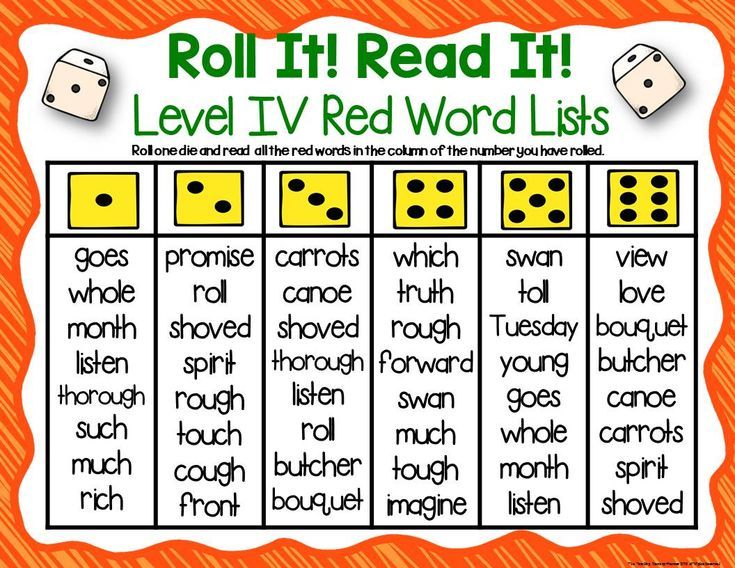 0+
0+
Books here
BlackClick here to purchase
You can search for more selections here on arbookfind.com and there is another resource here with lists of books at each level,.
Scroll down to search a new level. Montclair Public Schools have also put together a LONG list of books in each level and color for you to refer to here.
If you are looking for even more ideas for your child in each accelerated reading level.
Want to see a few of my favorite things that I am totally obsessed with?? Take a peek and see how many you might already have…twinsies!
Looking for more easy family recipes and tips? LIKE The Typical Mom Facebook page?
Then sign up for my free newsletter, and follow me on Pinterest! 😉
***** If you LOVED this recipe give it 5 Stars below and let everyone know what you thought about it. 😉
9339 shares
Understanding Reading Levels & How They Are Assessed | Prodigy
When your child is first learning to read, reading levels are an important tool for helping them move forward without the struggle.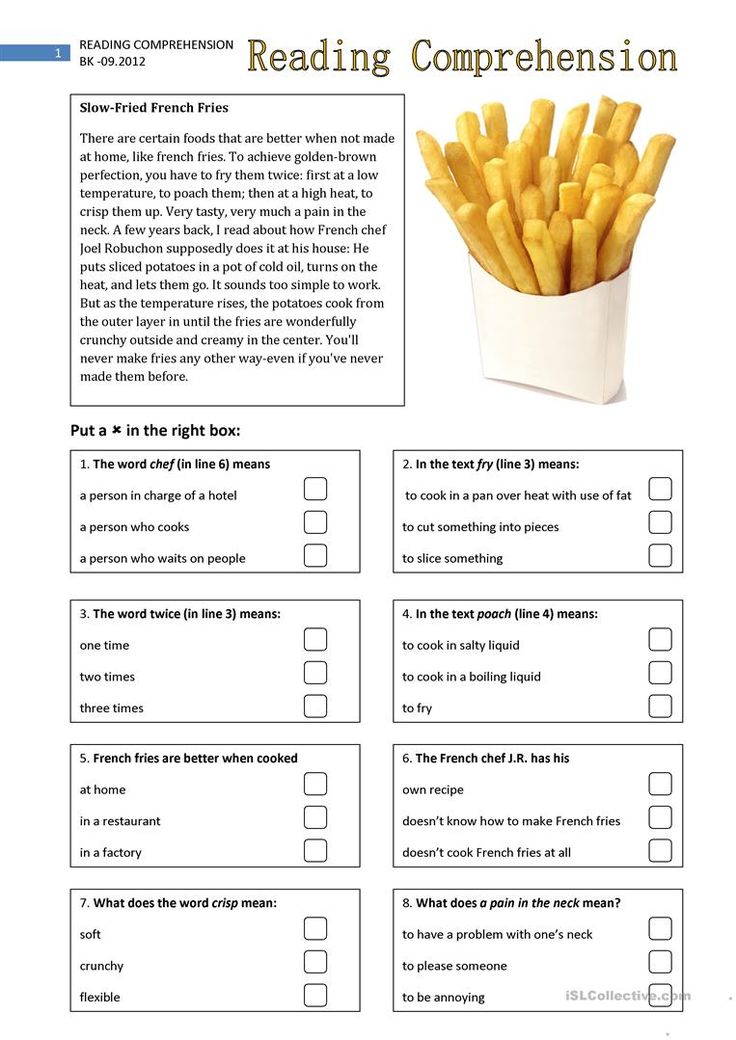 But did you know even older readers can benefit from being matched with the appropriate reading level?
But did you know even older readers can benefit from being matched with the appropriate reading level?
In this article, we’ll discuss how reading levels are used and how your child’s level is determined. With the right reading materials, your child can master reading and enjoy it for years to come!
What are reading levels?
Reading levels are a detailed way to pair your child’s reading ability with books they can successfully read and understand.
Reading levels are an effective way to measure a child’s reading progress. If your child is primarily reading books at or just above their determined reading level, they are more likely to find reading enjoyable.
As parents, we’ve all seen how reading can become frustrating. If a beginner reader tries to read a book that is far beyond their abilities, they may simply decide that reading is just too hard. And this frustration can create an overall dislike of reading and books. This is what leveled reading strives to avoid.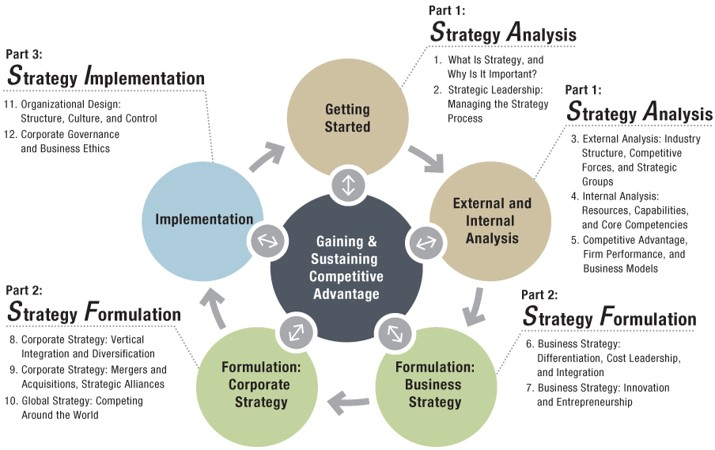
How is your child’s reading level assessed?
There are several different methods for measuring your child’s reading skills and classifying the books they will read.
We’ll be discussing the four most popular leveling systems in the next sections. Read on for the details on the GRL, DRA, AR and Lexile reading level measurements.
Guided reading levels (GRL) explained
Guided reading levels, or GRL, are based on the reading levels system developed by Irene Fountas and Gay Su Pinnell. For this reason, you’ll also often see GRL called Fountas & Pinnell.
This system classifies reading levels alphabetically from A to Z, with A corresponding to the earliest readers and Z falling in line with texts at or above an eighth grade level.
Books are grouped into the appropriate level based on the following considerations:
- Word repetition
- Sentence length
- Total word count
- Sentence complexity
- Number of different words
- Inclusion of supportive illustrations
- Amount of high-frequency (or most common) words
Because several GRL levels fall into each grade level, this is a precise way to classify reading materials.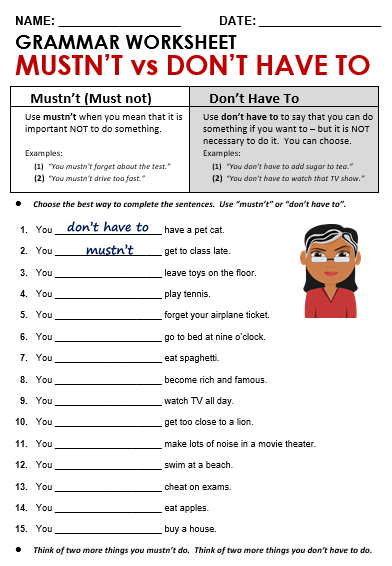 Not all second graders read at one level. But when second grade is split between levels I, J, K, L and M, more children will be able to find the right books to keep their motivation and confidence high.
Not all second graders read at one level. But when second grade is split between levels I, J, K, L and M, more children will be able to find the right books to keep their motivation and confidence high.
Developmental Reading Assessment (DRA)
The DRA, or Developmental Reading Assessment, helps identify how well students are reading independently.
This system matches the child with books on a numbered reading scale from 1 to 80 (it actually starts with A, but then all other levels are numbered. Confusing — yes, but unless your child is at the very beginning of reading, look for a number).
Your child’s score on the assessment is based on how well they perform against grade-level standards. The DRA looks at your child’s reading ability in three areas.
- Reading fluency
- Reading accuracy
- Reading comprehension
Like GRL, the different grade levels contain several DRA levels. For example, second grade includes DRA levels 18 to 28.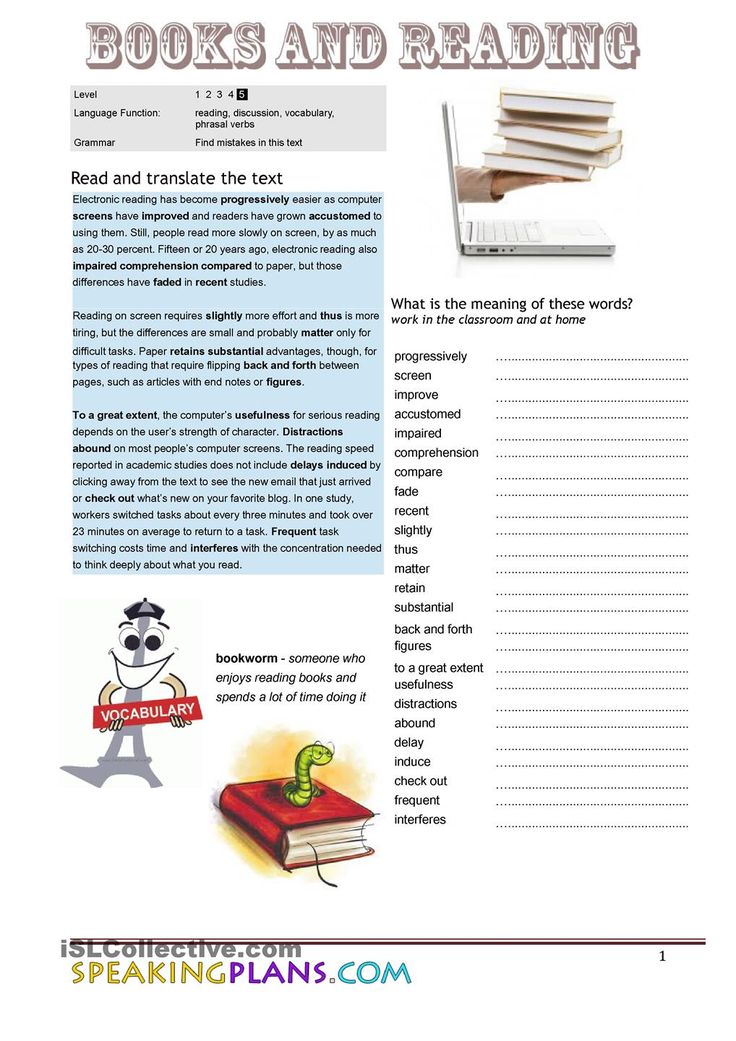 Once your child’s reading level is determined, they will be paired with leveled books to help them progress and improve.
Once your child’s reading level is determined, they will be paired with leveled books to help them progress and improve.
Lexile measurement
The Lexile framework for reading is a measurement system that includes two different measures — both a student assessment and a system for measuring book levels. Your child’s Lexile reading measure is determined from a school or state-wide test that checks for reading comprehension.
A Lexile reader measurement can fall between BR for beginning readers (which is below 0L), to above 2000L. Your child’s reading level can then be paired with books using their Lexile text measurement.
Over one million books, websites and other texts have received a Lexile text measure. Lexile recommends choosing books or texts for your child that fall between 100L below to 50L above their reading measure. This is deemed your child’s reading comprehension sweet spot.
Don’t know where your child falls? Talk to their teacher to see if their school uses the Lexile assessment.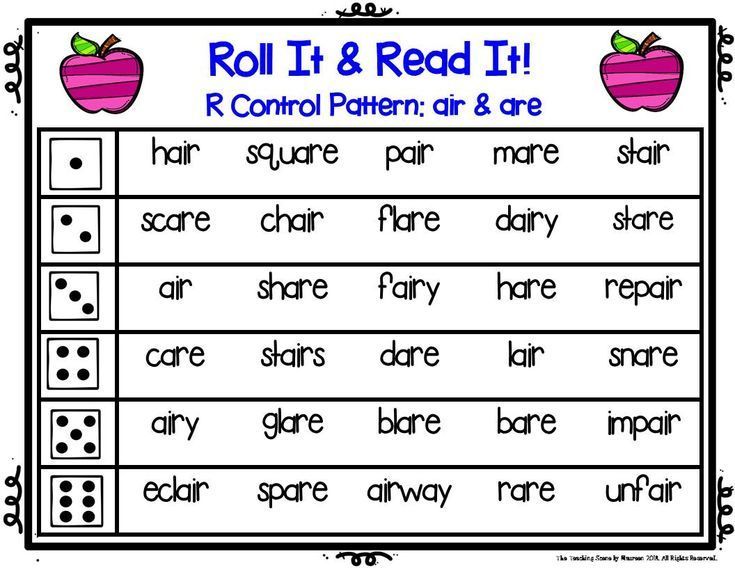 If so, they can provide you with your child’s most current measure.
If so, they can provide you with your child’s most current measure.
The Lexile framework is great for pairing more advanced readers with books that are still age-appropriate. If your child is reading above their level in the third grade, you don’t necessarily want them reading books with themes meant for seventh graders. Ask their teacher or use the Lexile website to discover age-appropriate books that will still hold their interest.
Accelerated Reader (AR) Levels
Your child’s Accelerated Reader (or AR) level is determined from a computerized test. After reading a book of their choosing, your child takes an online test on the book to measure their reading comprehension and earn points.
Based on the test score, your child’s teacher or librarian can help recommend more books to match your child’s level. If they struggled with their last book, easier options will be given. If they had zero trouble understanding the book, they’ll be encouraged to choose more difficult texts moving forward.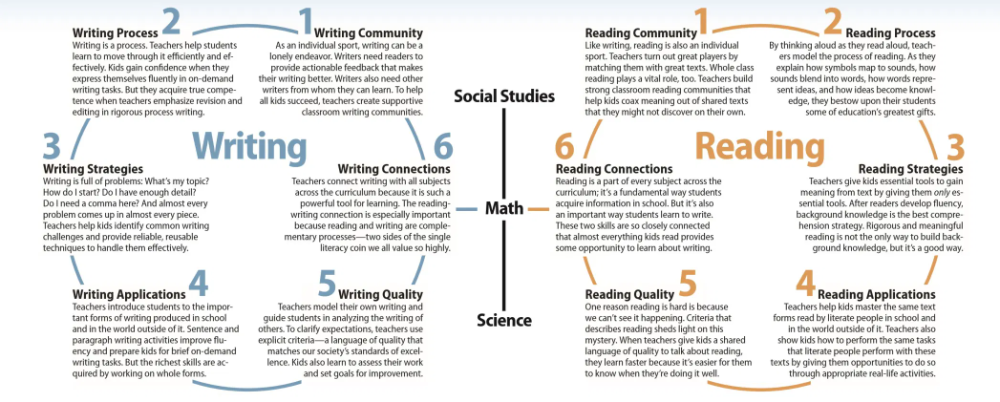
The AR reading levels fall on a numeric scale that closely correspond with expected grade levels. A second grader in the fourth month of the school year will, on average, be reading books at level 2.4. A fourth grader in the first month of the year will average level 4.1, and so on.
Reading level correlation chart
We’ve discussed several different reading measures, but how do they correspond with expected grade levels? And how does each measure relate to the others?
Use this handy chart from Reading A-Z to see how your child’s reading level fits into the different systems. Or check out the one below from Traci Clausen.
Reading level FAQs
1. How can I find level-appropriate books for my child?
First, ask their teacher or the school’s librarian for recommendations. They know your child’s interest and reading ability better than any computer resource. They will also be up to date on children’s books, including what is on level but also age-appropriate for your child.
There are some great resources online for finding leveled readers your child will love:
- Find the right books that match your child’s Lexile measure.
- Check out the Accelerated Reader Book Finder if your child uses Accelerated Reading.
- Use the Scholastic Book Wizard to discover a book’s level or to find leveled recommendations.
2. How can I help my child improve their reading?
The short answer — encourage them to keep reading, whether they’re using books or online programs.
The more exposure they have to books, the better. Just be sure to choose book topics that lineup with their interests. Does your second grader love dragons? Try a simple fantasy chapter book. Does your fourth grader adore lemurs? Look for children’s non-fiction books about the creatures of Madagascar. If it’s something they’re interested in, they’ll be excited to read and learn.
If it’s a struggle to get your child to pick up a book, don’t stress! There’s reading to be found everywhere. Instead of arguing over reading time, invite your child to play an online game. Role-playing games (and even those online mini-games) require a good amount of reading. Or choose educational language arts games like Prodigy English. Games keep learning fun, and when your child loves learning and reading, they’ll be set for life!
Instead of arguing over reading time, invite your child to play an online game. Role-playing games (and even those online mini-games) require a good amount of reading. Or choose educational language arts games like Prodigy English. Games keep learning fun, and when your child loves learning and reading, they’ll be set for life!
3. What should I do if my child is struggling with reading?
First off, take a deep breath. There is so much pressure on both kids and parents to be reading earlier and earlier. It’s okay if your kindergartener isn’t reading yet. If your third grader is reading at a second grade level, they’ll catch up. Your primary role as a parent is to encourage them to keep trying, and keep their confidence and joy of reading top of mind.
To help encourage young or struggling readers, match them with books they are excited to read. Take them to your local library and let them choose the books that call to them.
If a book is beyond their level, but they just have to have it, let them enjoy it.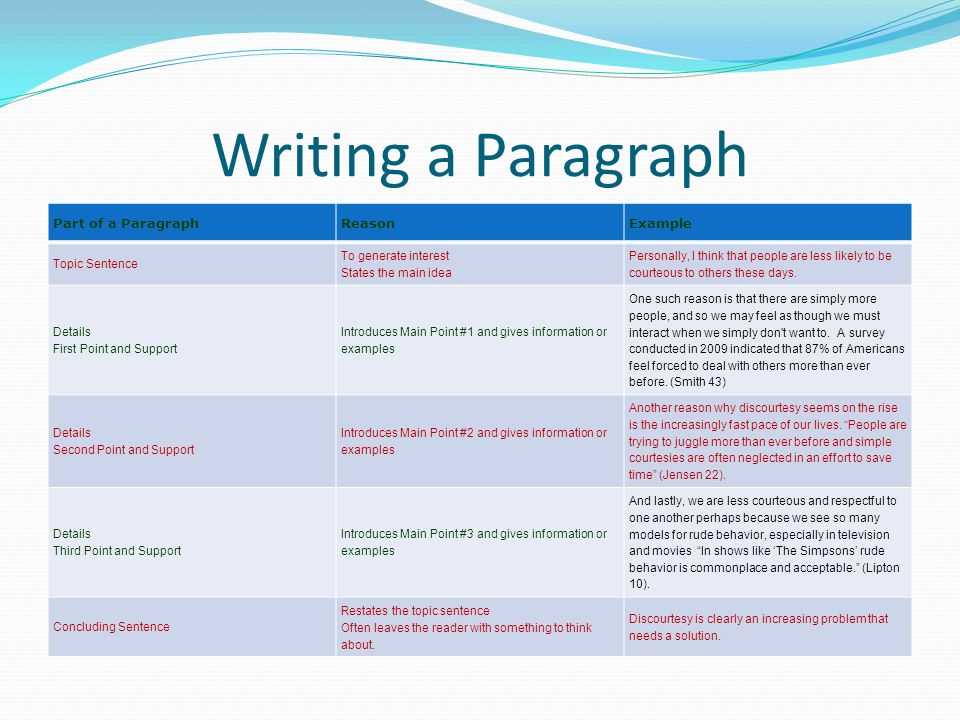 It may be just the challenge they need, or they may simply enjoy the pictures. If it’s too tricky, let them know that you’re available to help. Your child is never too old to enjoy a read-aloud.
It may be just the challenge they need, or they may simply enjoy the pictures. If it’s too tricky, let them know that you’re available to help. Your child is never too old to enjoy a read-aloud.
And don’t forget the reading that happens every day. Have them help you read the recipe for tonight’s dinner. Or ask them to show you their newest video game. Listen as they explain the characters and stories. Reading comprehension presents itself in a variety of ways outside of books and standardized testing.
Above all, remember your child is learning so much more than their reading level score can show. Reading levels can be a great tool, but they are not the only measure of your child’s reading ability. Follow your child’s lead, take the pressure off and watch them grow into reading in their own way.
Reading games and activities can help supplement coursework
Reading can be so much fun! It’s too easy to get caught up in grade levels, whether your child is “ahead” or “behind”.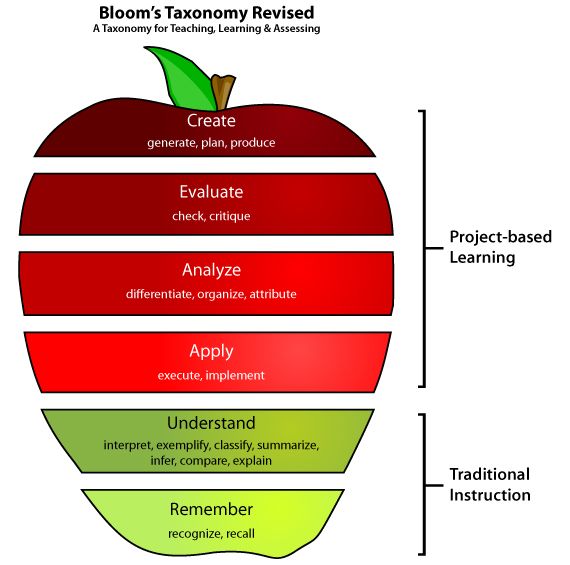 All of this can make us lose track of the magic a good story holds.
All of this can make us lose track of the magic a good story holds.
Bring some of that magic back with fun reading games and activities your kids will love. There are so many ways to read, explore and learn together.
Explore a fun, game-based learning adventure with Prodigy English. While kids play, they'll explore a world of their very own, gathering resources and earning rewards. Every skill-building question they answer gives them more energy to get creative and keep learning!
Sign up for a free parent account today to track and motivate their learning.
Sign up nowReading analyst - reading levels.
CONTENT
- Group 1. Teaching the technique of semantic reading
- Beginner level (letter reading)
- Developing level (reading by syllable)
- Advanced level (reading in whole words and syllables with compound words)
- Free level (reading in whole words)
- Group 2.
 Development of reading competencies for subject education
Development of reading competencies for subject education - Weak level
- Training level
- Independent level
Reading levels offered on the website "Analyst of Reading" were developed within the framework of the pedagogical project "Program of Supportive Reading", author O.M. Lezin.
The "Reading Analyst" system makes it possible to assess the level of reading competencies for two groups - the group for teaching the technique of semantic reading (Group 1) and the group for developing reading competence for subject education (Group 2).
Although we assume that the first group will most likely include primary school students from grades 1 to 4, and the second group will include secondary school children from grades 5 to 7, we strongly recommend taking into account the individual characteristics of children: if a child elementary school reads very well, test his reading competencies on tests of the secondary school group, but if a child in the fifth grade reads with a lot of technical errors, it may make sense to check his competencies on tests for group 1 elementary school and then select texts for reading corresponding to its level.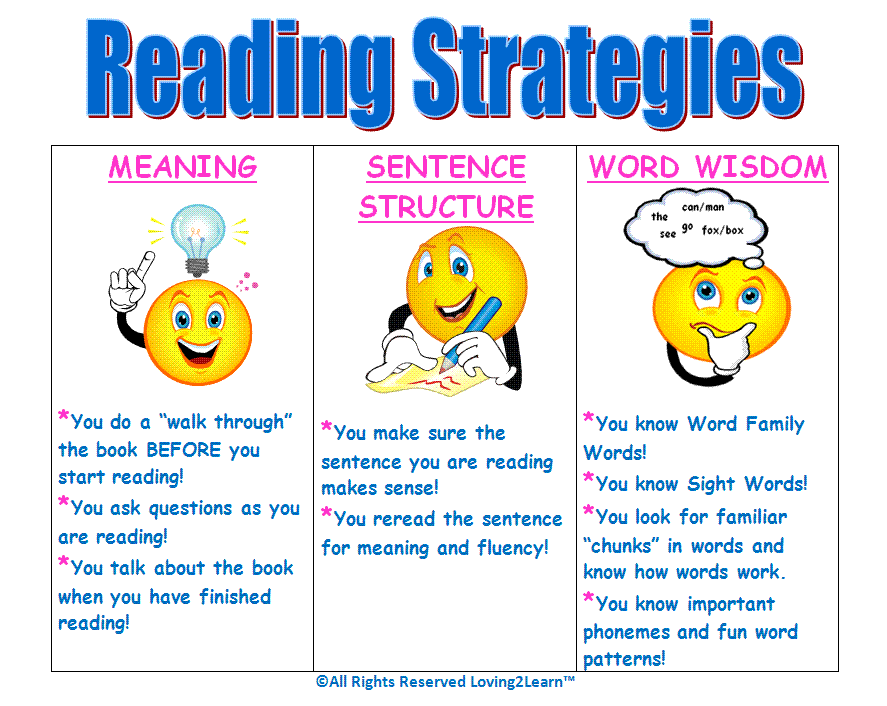
Below we offer brief descriptions of the levels that are determined during testing and evaluation of texts, and also give recommendations on the selection of texts for each level.
Group 1. Learning by the technique of semantic reading
Description of the levels of competence of reading in the process of teaching the technique of semantic reading
The initial level (Ilky reading)
Description of level 9000
Reading with subsequent repetitions of letters with subsequent letters words. The reading speed is low, there is a recall of each letter separately. In some cases, there may be a breakdown in reading a word due to the large time interval between reading letters. Reading comprehension is limited to a word or phrase. The teacher's help is needed both in the name of the letters and their reduction into a word, and in keeping the attention on the text. Reading speed per minute - 10-15 words.
Recommendations for the selection of texts for the initial level of reading technique:
Texts of the initial level of reading technique are intended for mastering the reading skill from scratch and represent various types of alphabets and short texts necessary to consolidate the skill of recognizing and reading letters and short words.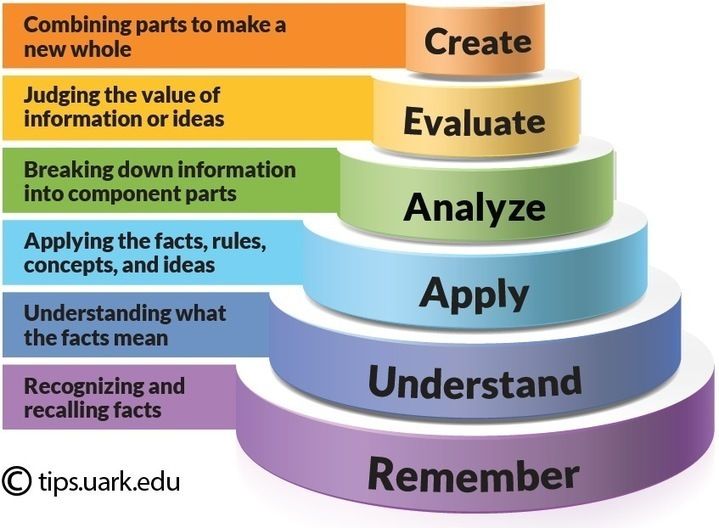 The transfer of the plot is carried out by 2-3 sentences connected sequentially with each other.
The transfer of the plot is carried out by 2-3 sentences connected sequentially with each other.
Features of texts suitable for this level:
Short texts of 30 words are suitable for beginners, the length of words should not exceed 5–6 letters. It is good if as many words as possible correspond to the following features.
- Words of one or two syllables.
- Three-syllable words must be open syllable (e.g. white ). Stressed vowels must be at the beginning of a word.
- Words begin with a consonant
- Words end in consonant
Very short and simple texts are required for this level of reading. Such texts are not evaluated by the Reading Analyst system, but are selected independently.
Developing level (reading by syllable)
Description of the level
Reading by syllables, in difficult places - spelling. There are many errors such as omissions of syllables and words, substitutions of letters and syllables. There is almost no orientation to punctuation, the intonation when reading does not correspond much to the content. Reading comprehension is low and fragmented. Reading speed is slow. There is a decrease in motivation to read when faced with difficulties. A teacher's help is needed to read words that have more than three syllables and have articulations of three consonants. Reading speed per minute - 35-50 words.
There is almost no orientation to punctuation, the intonation when reading does not correspond much to the content. Reading comprehension is low and fragmented. Reading speed is slow. There is a decrease in motivation to read when faced with difficulties. A teacher's help is needed to read words that have more than three syllables and have articulations of three consonants. Reading speed per minute - 35-50 words.
Recommendations for the selection of texts for the developing level of reading technique:
Texts for the developing level of reading technique are designed to strengthen reading skills, as well as for corrective work in the presence of difficulties in mastering it. May contain a short simple linear plot with a main character or main idea and a small number of secondary additional ideas. If necessary, the narrative can be divided into several small parts without compromising reading comprehension.
Features of texts suitable for this level:
Texts consisting of 70 words are suitable for the developing level, the length of words should not exceed 10 letters. The text may contain words that have the following features:
The text may contain words that have the following features:
- Words with one closed three-letter syllable
- One-syllable words and two-syllable words with a combination of consonants at the beginning of the word (for example: coward , hello )
- Stress on the first syllable in two-syllable words and on the second syllable in three-syllable words (for example: lamp, candy )
- Words of three syllables and four syllables (alternating vowels and consonants) (for example: steamboat , ran )
- Nominative, accusative, dative and prepositional words
- Sentences with simple syntax: definition, subject, predicate. (For example: The white bird has arrived. )
- Offers with 2 homogeneous members
- Offers with 3 homogeneous members
- Impersonal offers
- Compound sentences
- Personal verbs
- Introductory words
Texts that are suitable for this level of reading, the "Reading Analyst" system refers to texts for developing reading level .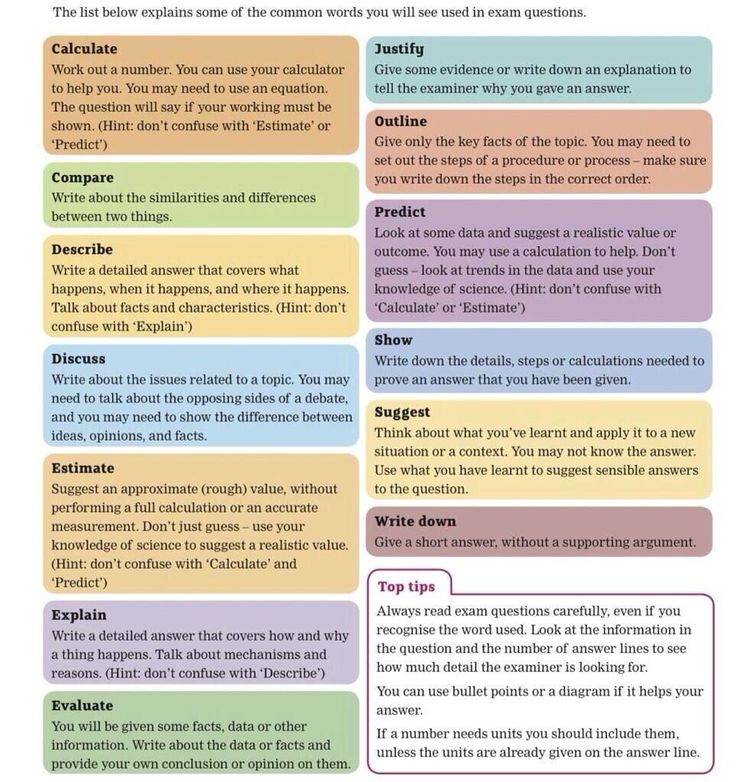
Advanced level (reading in whole words and syllables with compound words)
Description of level
Whole-word reading of easy words can switch to syllable-by-syllable reading in case of occurrence of polysyllabic, difficult or infrequent words. When reading, there may be errors in the repetition of words and syllables, difficulties in understanding some parts of the text. There is unevenness in the speed of reading and the transfer of expressiveness. Need help reading obsolete words, words with more than 5-6 syllables and texts of 3 levels of complexity. The understanding of the text is adequate, but fragmentary, there is an assimilation of the general plot of the narration, but the details and secondary ideas are not fixed. Reading speed per minute - 65-75 words.
Recommendations for the selection of texts for advanced reading skills:
Texts for advanced reading skills can be used to introduce new knowledge and develop competence in meaningful reading, in particular, reading comprehension and formulating answers to questions about the text.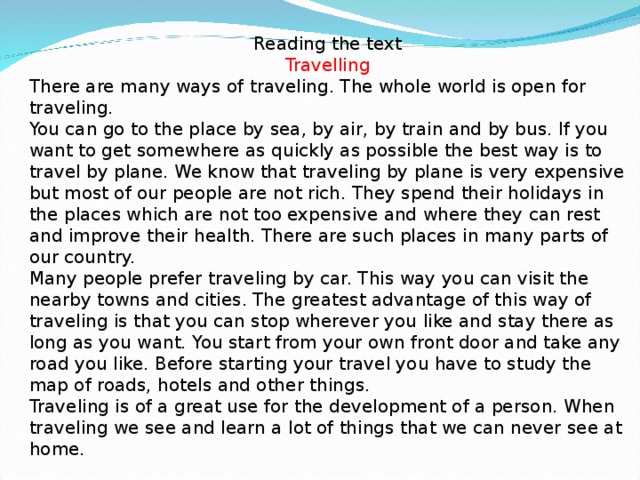 The narrative may contain several storylines or ideas, the number of secondary elements of the narrative may increase, but should remain within 5. The text should be divided into semantic parts. These texts can be offered to read for leisure reading to schoolchildren who have developed and fluent levels of reading technique.
The narrative may contain several storylines or ideas, the number of secondary elements of the narrative may increase, but should remain within 5. The text should be divided into semantic parts. These texts can be offered to read for leisure reading to schoolchildren who have developed and fluent levels of reading technique.
Features of texts suitable for this level:
Texts of about 100 words are best for the advanced level, the length of words should not exceed 14 letters. The text may contain words that have the following properties:
- Monosyllabic words with a combination of consonants at the end of the word (for example: scarf )
- Two-syllable words with a combination of consonants in the middle of a word (for example: sever )
- Three-syllable words with a combination of consonants at the beginning, middle or end of a word (for example: beauty, harness)
- Words of four or five syllables (alternating vowels and consonants) (for example: drawing)
- Adverbs
- Genitive and instrumental words
- Complex sentences, sentences with coordinating conjunctions and sentences with direct speech
- Reverse word order in a sentence.
 (For example: Vasya came home late. -
(For example: Vasya came home late. - - The presence of cardinal numerals, pronominal adjectives and pronominal nouns
Texts that are suitable for this level of reading, the system "Reading Analyst" refers to texts for an advanced level of reading.
Free level (reading in whole words)
Description of the level
Reading in whole words with a small number of errors in new terms, obsolete words or polysyllabic words, infrequently occurring words. Errors can be noticed by the reader and corrected. There is respect for intonation and expressiveness. Comprehension of the text is complete, answers to questions are detailed. The reader understands causal relationships, can predict linear events. Reading does not require the help of a teacher. Reading speed per minute - more than 100 words.
Recommendations for the selection of texts for the free level of reading technique:
Texts for the free level of reading technique are suitable for studying the subject and forming mental operations of analysis and forecasting when working with text, which are part of the reading competence.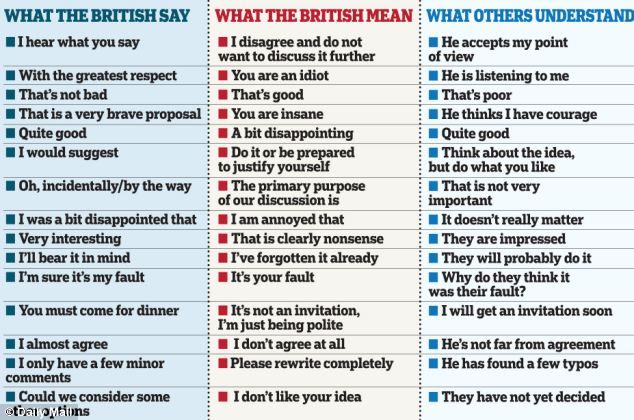 The plot in the text may be non-linear with additional inclusions of secondary storylines or ideas. The story should be broken down into small semantic parts. For students with a free level of reading technique, to maintain motivation, the selection of texts includes the thematic interests of schoolchildren. Students can read such texts for pleasure.
The plot in the text may be non-linear with additional inclusions of secondary storylines or ideas. The story should be broken down into small semantic parts. For students with a free level of reading technique, to maintain motivation, the selection of texts includes the thematic interests of schoolchildren. Students can read such texts for pleasure.
Features of texts suitable for this level:
The free reading level allows you to read texts of 100 words, but words in the text can contain up to 18 letters. Words with the following parameters can be included in the text:
- Sentences with adversarial conjunctions
- Rarely used, obsolete words
- Foreign words
- The presence of participial phrases
Texts that are suitable in their parameters for this level of reading, the Reading Analyst system refers to texts for free reading level .
Group 2. Development of reading competencies for subject learning
Description of levels in the formation of reading competencies for subject training
Weak level
Reading level
It is difficult, no smooth, there are no smooth inaccuracies, mistakes. Comprehension of the text occurs at a superficial level. Most often, there is just voice-over of the text. Can read light text independently. Reading more complex texts requires the help of an adult. Reading accuracy is below 85%, error rate is more than 20 words. He can correct 1 mistake out of 5 on his own. Reading speed is slow, there is no orientation to punctuation marks. Understanding is not adequate, fragmentary, there are errors in understanding both the text itself, and the subtext, and beyond the text. There is no way to generalize and use the information read. There are answers to factual questions like: Who? What? When? Where? How many? Is not it?
Comprehension of the text occurs at a superficial level. Most often, there is just voice-over of the text. Can read light text independently. Reading more complex texts requires the help of an adult. Reading accuracy is below 85%, error rate is more than 20 words. He can correct 1 mistake out of 5 on his own. Reading speed is slow, there is no orientation to punctuation marks. Understanding is not adequate, fragmentary, there are errors in understanding both the text itself, and the subtext, and beyond the text. There is no way to generalize and use the information read. There are answers to factual questions like: Who? What? When? Where? How many? Is not it?
Recommendations for the selection of texts for a weak level of reading for subject teaching:
Texts suitable for a weak level are intended primarily for correcting reading skills and competencies, especially in cases where there are: a large number of errors, misunderstanding of what has been read, inability to answer factual questions.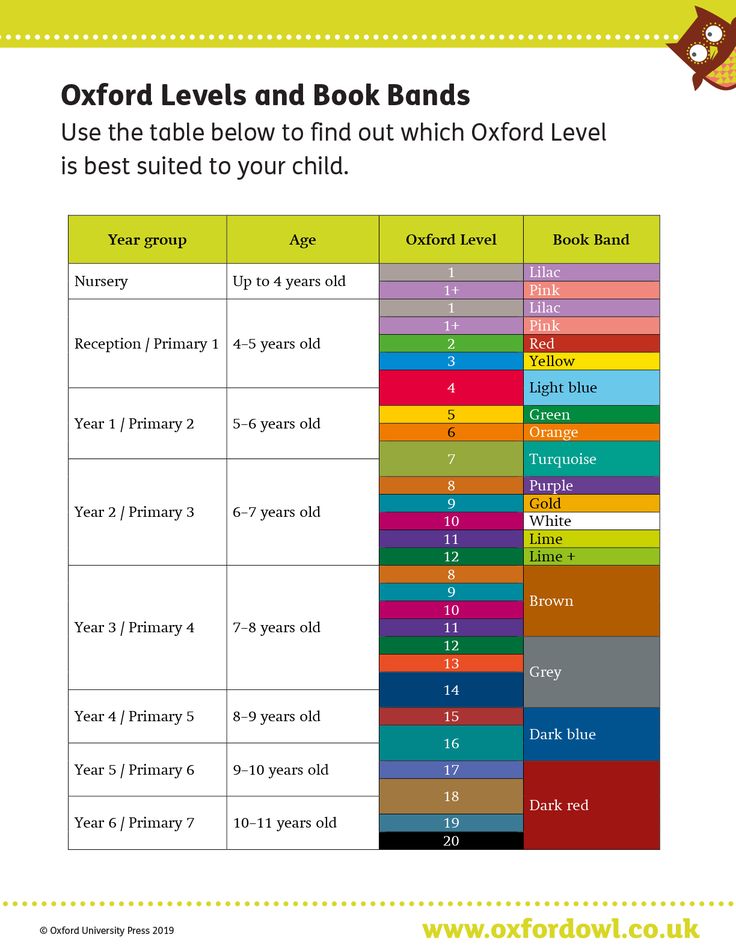
For a weak level of reading competence, texts with the following properties are suitable for subject teaching:
- The text consists of 2-3 paragraphs.
- The text consists of short sentences without complex constructions and special language tools.
- There are no more than 3-4 terms in the text.
- The main idea is clear, simple, clearly formulated at the beginning of the text.
Texts that are suitable in their parameters for this level of reading, the "Reading Analyst" system refers to texts for a weak reading level for subject teaching.
Academic level
Description of the level
Reading has an average level, which is reflected in errors in words and intonations when reading. There is smoothness, except for those moments when complex words and phrases occur. Reading flexibility and expressiveness are present when reading light texts. For more complex texts, adult assistance is required. Understanding of the text is adequate, but fragmentary. You can meet errors in understanding subtext and overtext. The accuracy of reading technique exceeds 85%, the error rate is 1 in 20 words. Ability to correct your reading errors - 2 out of 5. Reading speed is average. Can use information from the text within a narrow framework, generalize and find causal relationships, which allows answering questions of evaluative and convergent types. (Why? How? How? What do you think?)
Understanding of the text is adequate, but fragmentary. You can meet errors in understanding subtext and overtext. The accuracy of reading technique exceeds 85%, the error rate is 1 in 20 words. Ability to correct your reading errors - 2 out of 5. Reading speed is average. Can use information from the text within a narrow framework, generalize and find causal relationships, which allows answering questions of evaluative and convergent types. (Why? How? How? What do you think?)
Recommendations for the selection of texts for the academic level of reading for subject education:
Texts suitable for the academic level are intended to introduce you to the topic of the academic subject, to start studying the topic. Texts of this level can be used to develop the technique of semantic reading, as well as to develop the skills of reproducing the content of the understood text and answering questions about it. In addition, students who experience some difficulty in reading can read such texts for pleasure, which helps to strengthen the motivation to read.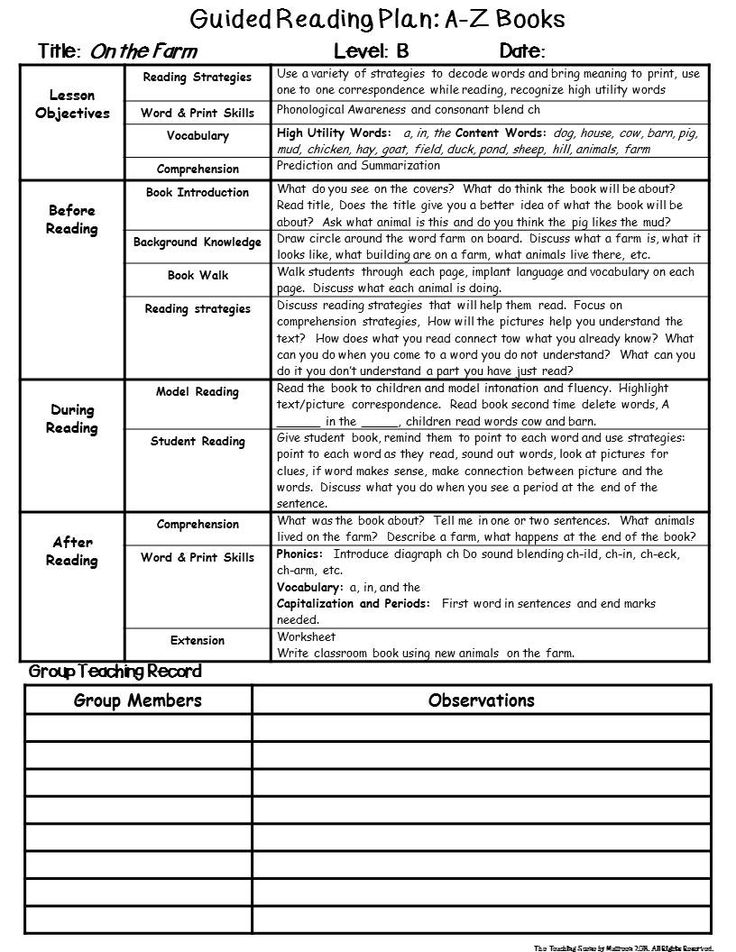
Texts for the intermediate level should have the following characteristics:
- The text has a simple logical and semantic structure.
- The main idea of the text is clear and distinct.
- The main idea of the text is located either at its beginning or at the end.
- Each paragraph is linked to the previous one by the corresponding means of communication.
- The volume of terms does not exceed 5–7 words.
Texts that are suitable in terms of their parameters for this reading level are classified by the Reading Analyst system as texts for the academic level of reading for subject teaching.
Independent level
Level description
Reading is easy. It is characterized by fluency, ease, a small number of errors, expressiveness. Able to discuss what has been read. The help of the teacher is not required when reading texts of any complexity.
The independent level of reading competence for subject education is characterized by the following student skills: complete (basic thoughts and details), precise (meanings of words are known), distinct (all linguistic ways of expressing meaning are known), deep (understanding of text, subtext, overtext, context) understanding of a rather long text, often containing conflicting information, from unfamiliar and unfamiliar subject areas. Inaccuracies in one of the four parameters are allowed. The ability to determine the difficulties of reading and understanding the text, as well as the quality of one's reading and understanding of the text, analyzing the quality of full and short answers to questions. Positive and interested attitude towards free, abundant reading.
Recommendations for the selection of texts for the independent level of reading competence for subject education:
A text suitable for the independent level can be designed to deepen knowledge in a particular academic subject, it introduces a large number of facts and terms.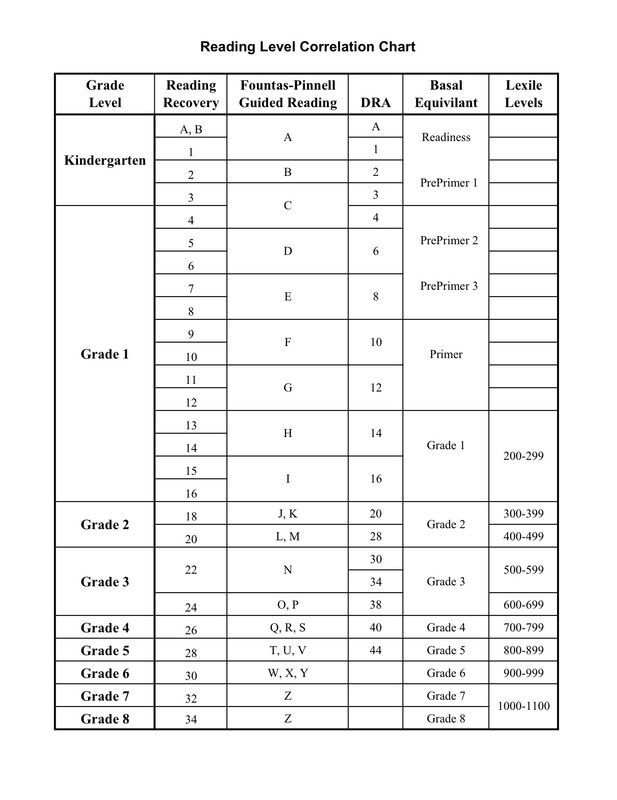 In addition, texts of an independent level are suitable for the formation and development of mental operations of analysis and forecasting when working with text, as well as the ability to make annotations, questions, formulate full and short answers to them.
In addition, texts of an independent level are suitable for the formation and development of mental operations of analysis and forecasting when working with text, as well as the ability to make annotations, questions, formulate full and short answers to them.
Texts suitable for independent reading competence for subject-specific learning are characterized by the following properties:
- The text contains the author's opinion, is emotionally colored.
- The structure of the text can be complex, complex, the main idea is read from the text and can be located anywhere in it.
- The text contains a problem that the reader formulates independently based on its content.
- Understanding the text requires background knowledge hidden in the text.
Texts that are suitable in their parameters for this reading level are classified by the Reading Analyst system as texts for independent reading level for subject teaching.
Levels and indicators of understanding of foreign texts
Levels and indicators of reading comprehension of foreign language texts
1.1. Levels reading comprehension of texts
Text comprehension - the main component of reading as a communication process. The text means written sentence or set of sentences that can serve as material to observe the facts of a given language of communication. Therefore, it is important for the teacher to have an idea of the qualitative values that characterize the development of understanding, about levels and indicators of understanding the text of a communicative nature.
Experimental it has been proved that the levels of understanding of a foreign language text also depend on knowledge relevant foreign language, and that the translation process, if insufficient knowledge serves to establish the relationship "text-language-reader" [1, p. 15].
Klychnikova Z.I. defines seven levels of reading comprehension of a text [2, p.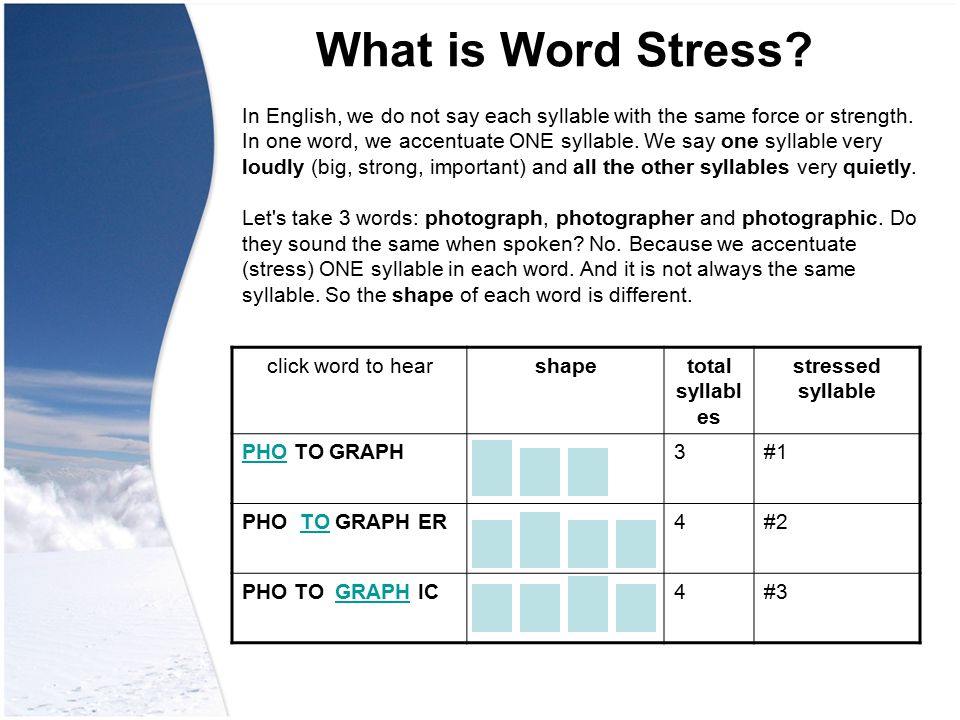 94], which have a certain degree of communication.
94], which have a certain degree of communication.
Most elementary first level of reading comprehension of a text, which is characterized by understanding only a few words. This level is fragmented. As a rule, words denoting objects are understood. Less commonly understood words representing phenomena in the real world. In this regard, the understanding of parts of words The reader has various conjectures in the text. Based on the meaning of understandable words, the reader often recreates the distorted semantic content of individual sentences. This level is never accompanied by a synthetic perception of the text. Therefore, there is no adequate understanding of its semantic content. Such level is often found in underachieving students at any stage of education. A also in the case when students are given a very difficult language text. Basically, at this level, only categorical-cognitive information.
Second level understanding is the understanding of individual combinations of words. It's more complex level than the previous one, since the combination of words already requires knowledge grammar rules and based on them. Just like the first level, it characterizes, as a rule, a fragmentary understanding of the text. Connections are revealed between some of the objects referred to in the text. Based on these revealed relationships, there can be lucky guesses about the content of a particular other part of the text. However, since the relations of objects referred to in text, are known only partially, then a complete understanding of its content the reader does not occur.
It's more complex level than the previous one, since the combination of words already requires knowledge grammar rules and based on them. Just like the first level, it characterizes, as a rule, a fragmentary understanding of the text. Connections are revealed between some of the objects referred to in the text. Based on these revealed relationships, there can be lucky guesses about the content of a particular other part of the text. However, since the relations of objects referred to in text, are known only partially, then a complete understanding of its content the reader does not occur.
Degree the reader's approach to understanding the general content of the text is different. It all depends on percentage of understood word combinations. Sometimes there are so few of them that it is not created no even approximate idea of general content. remain in the mind of the reader disparate parts of the text, not connected in any way to a common harmonious system. Sometimes the reader understands combinations of words that are the main milestones, relying on to which he approximately correctly guesses the general content of the text. Usually, at this level, categorical-cognitive and partially situational-cognitive information of the text.
Usually, at this level, categorical-cognitive and partially situational-cognitive information of the text.
Third level - it is the level of understanding of individual sentences. This is also a fragmentary understanding text, but at a higher level than the previous two. At this level it is possible understanding of all three planes of communication: logical, emotional and incentive. It all depends on what sentences of the text are witnesses. If sentences are understood that convey an emotional or motivating information, then it is these plans of the text that are most revealed, even with a very poor understanding of the text, or even with a complete misunderstanding of the logical text information.
In those cases when those individual sentences that are understood constitute the outline of the semantic content of the text and are semantic milestones in the text, in other words, they have a certain significance for the entire message as a whole, perhaps an adequate understanding of the most general content of the text. However, this happens extremely rarely. Much more often at this level there are conjectures, various kinds of sentences that complete the links in the content of the text.
However, this happens extremely rarely. Much more often at this level there are conjectures, various kinds of sentences that complete the links in the content of the text.
First, second and the third level of understanding of a foreign language text can be considered the levels of understanding linguistic information in communicative reading.
Fourth level is the level of understanding of the general logical content of the text. This level achieved when the reader grasps the main categorical-cognitive and situational-cognitive information of the text.
Possibility to understand the main content of the text is provided by synthesized perception all its components. This level of understanding occurs when text from 15% to 20% of new vocabulary. Some non-essential information may in this case remain insufficiently deciphered. But it must be be secondary information.
Level five understanding represents a higher level than the previous one. On this level, the reader understands both the general content of the text and its details. This level is achieved when the vocabulary and grammar of the text do not represent difficulties for the reader because he knows the language or because the text is sufficient simple. The reader recognizes the logical, emotional and volitional plans of the text in everything their diversity. As a deviation from this level, there are cases when the text seems to be understood, but the general idea remains unclear to the reader.
This level is achieved when the vocabulary and grammar of the text do not represent difficulties for the reader because he knows the language or because the text is sufficient simple. The reader recognizes the logical, emotional and volitional plans of the text in everything their diversity. As a deviation from this level, there are cases when the text seems to be understood, but the general idea remains unclear to the reader.
Fourth and fifth levels have meaningful information in reading on a communicative basis, the sixth and seventh below indicate an understanding of both the content and semantic information.
Sixth level characterized by understanding not only cognitive information, but also emotional. The attitude of the speaker to the expressed thought, to objects is understood. and objects that are reported. Understanding takes a special place here. portable meaning. When reading foreign texts, reaching this level possible with knowledge of the metaphorical meanings of words, expressions, knowledge of idioms, and also when penetrating into the subtext of the statement.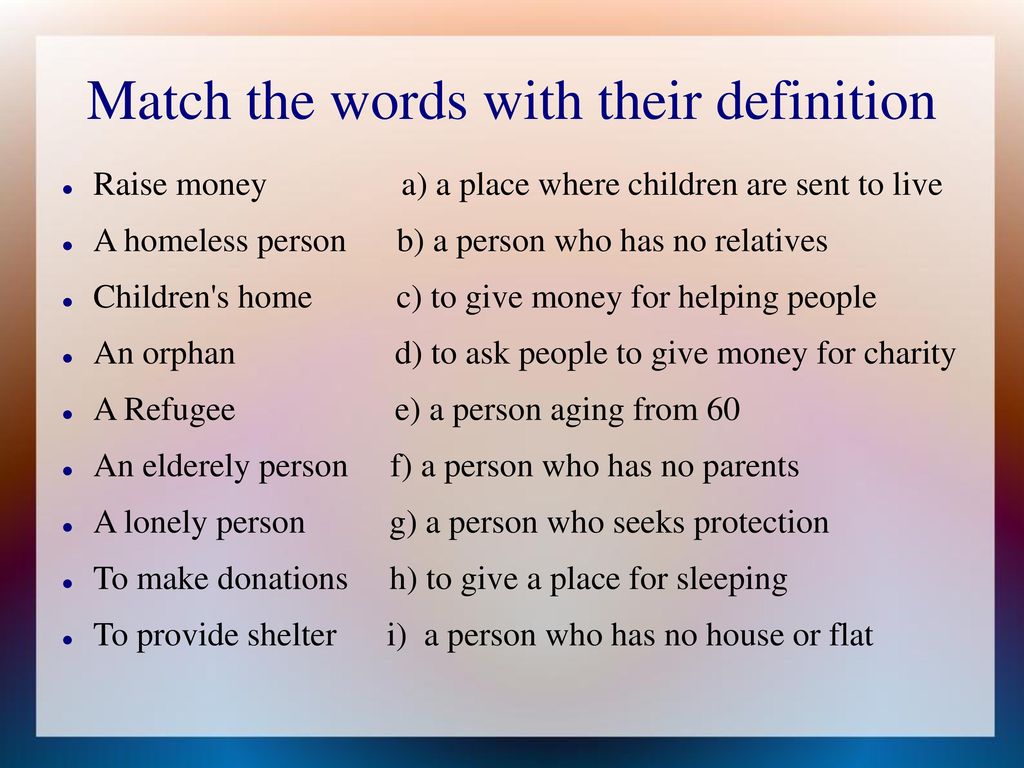 This level requires good knowledge of the language.
This level requires good knowledge of the language.
Seventh, the highest level of understanding is the understanding of all three planes of information, contained in the text - logical, emotional and volitional. This level understanding can be conditionally called actional understanding. The reader does not recognize only logical and emotional, but also volitional content of the text. Text is understood so deeply that the reader turns from the face of the perceiver into the face empathic. The volitional, incentive orientation of the text turns into incentive for his work. The result of reading the text can even be certain actions of the reader.
Levels of understanding cannot be regarded as successive stages of understanding characterizing degree of language proficiency. At any degree of language proficiency, excluding the most initial, any of these levels can take place. It all depends on what what is the relationship between the systems "text" and "reader". IN the practice of teaching a foreign language, it is necessary to strive to ensure that students received texts that would have high levels of reading comprehension.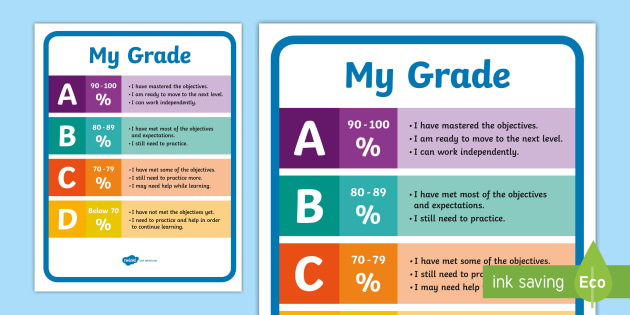
1.2. Indicators understanding of texts
For teachers foreign language is often extremely necessary to establish whether he understands the student's foreign language text and how adequate this understanding is. Indicators understandings are very different. There are many ways to check understanding of the text in a foreign language.
1. Finding students in the text of sentences that are answers to questions, presented to them before reading or after reading the text.
2. Answers students based on the text to the teacher's questions asked to them before reading or after reading.
3. Confirmation or refutation by students of judgments based on the material read.
4. Selection from the series ready-made answers those that correspond to the material read.
5. Loose answers to questions about the material read.
6. Answers to questions about the subtext of the material read.
7. Drafting reading a logical series of questions to the text.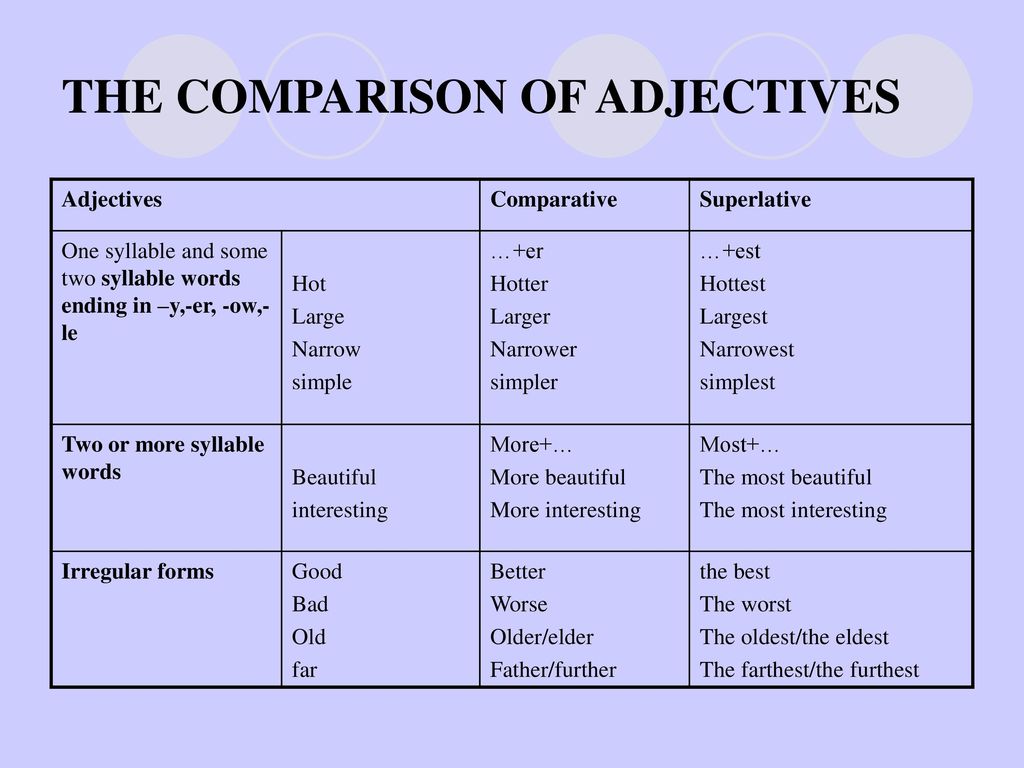
8. Drafting reading questions to individual critical sentences or parts of the text.
9. Drafting plan of retelling the read text.
10.Free reproduction of text in native or foreign language.
11. Intonation individual sentences essential to the message.
12. Intonation the entire text.
13.Correct finding a logical predicate in separate sentences of the text.
14. Drafting reading sentences to illustrate the use of individual words, nouns to reveal the content of the text, the meaning of which was previously is unknown to him and could be revealed to him only if he understood everything messages.
15. Explanation the meanings of some words previously unknown to the reader, but which he could understand provided that the entire message is understood.
16. Reading pace text.
17. Translation individual words, groups of words, sentences and paragraphs.
18. Selection from a range pictures of those that illustrate the content of what was read, or the compilation illustrations for the text.
19. Registration inner speech when reading.
All these methods reading comprehension tests can be divided into two large groups. First the group is basically communicative in the use of what has been read material; the second is not related to communication, but has the character logical-textual, analytical work.
Main selection thoughts, choice of main facts, expression of one's attitude to what was read, prey information, evaluation of information, commenting on individual facts, prediction of the content of the text, transmission of information obtained from the text others in their native language or based on the text, asking all kinds of questions are communicative methods of verification.
These include also answers to questions, retelling of the text, which can be used on any stage of learning. As for the above methods - this is enough objective indicators of text comprehension, indicating an advanced level learning to read when speaking skills are well developed.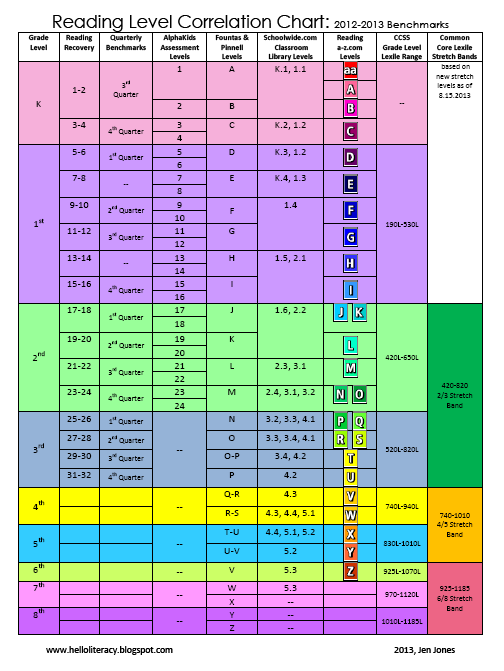
Textual-analytical ways of checking understanding, first of all, include the translation of individual words, phrases, individual sentences, especially sentences that are milestones in understanding the text.
Let's take an example work with the text in the lesson under direct supervision and control teachers.
I. Before independent work over the new text, the teacher should direct the attention of the students to reading and understanding of the text. He reports some facts from the life and work of the author, or names the problem, the field of science, which is considered in the text. Can ask students what books by this author they have read.
II. Preparatory work for text reading. At this stage, it is necessary to perform pre-text exercises to in order to remove some linguistic and semantic difficulties of the text. It may be work of this nature:
A) pronunciation of geographical names, proper names. Simulating exercises, words are written on the board (cards) with transcription.
B) work with separate words that refer to a potential dictionary: international, marching, complex, converted. Pupils should guess the meaning of those words, give their own translation options.
B) working out complex grammatical structures: analysis, translation.
D) familiarization with pre-text tasks, questions to which students must find answers, reading the text.
III. Reading the text to yourself the purpose of understanding the main content (the time of working on the text is regulated teacher in accordance with the volume and complexity of the text).
IV. Reading comprehension control (performing post-text exercises).
A) responses to teacher's questions regarding the main information of the text (short or full answers).
B) responses to questions related to important details of the text (full and short answers).
B) exercises on finding the facts indicated by the teacher. Testing the ability to navigate text, find units of semantic information, for example, quickly find and read sentences that name the main characters, the place of action or time, etc.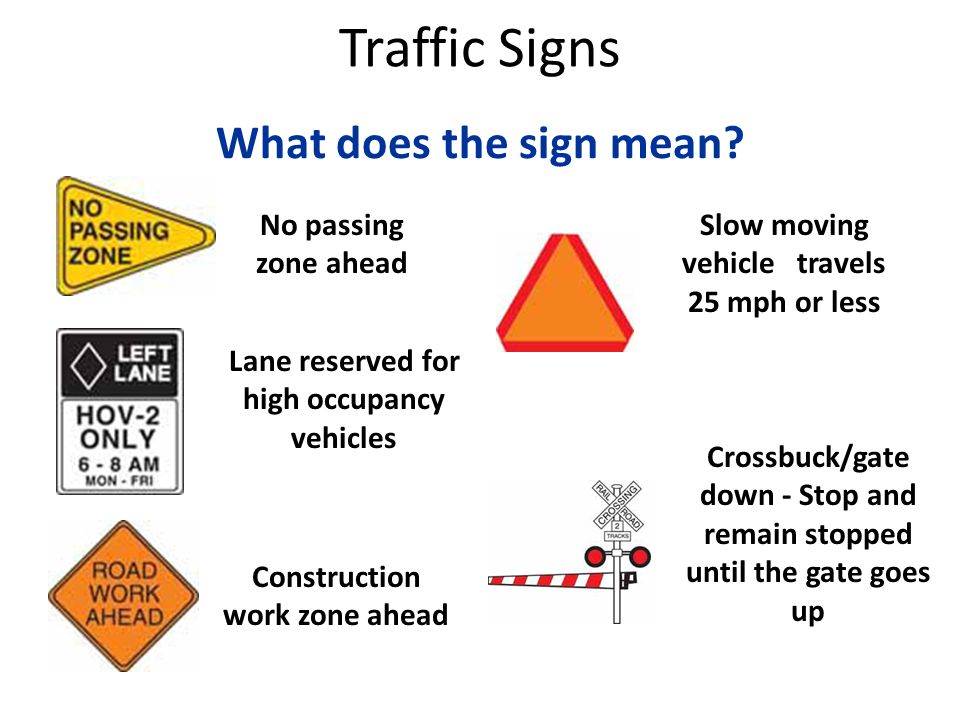
D) execute multiple or alternative choice tests to test comprehension by students of basic information and important details.
V. The final stage of work on text.
A) preparation for retelling of the text:
- compilation story plan;
- selection from text words, phrases or phrases for use in your own statements;
B) retelling text with an expression of their attitude to the problem, characters, assessments of the text.
"Record new words. Read the text and answer the questions... Translate... Retell text…”
Teacher should be able to recognize among the huge variety of proposed texts and offer exactly those that will directly lead the child to a particular speech situations, which means they will provide much-needed foreign language communication.
References
1. Artemov V. A. Teaching a foreign language. Theory and practice / V. A. Artemov. – M.: The science. - 1981. - 260 p.
2. Klychnikova Z. M. Psychological features of teaching reading in a foreign language: A guide for teachers / Z.